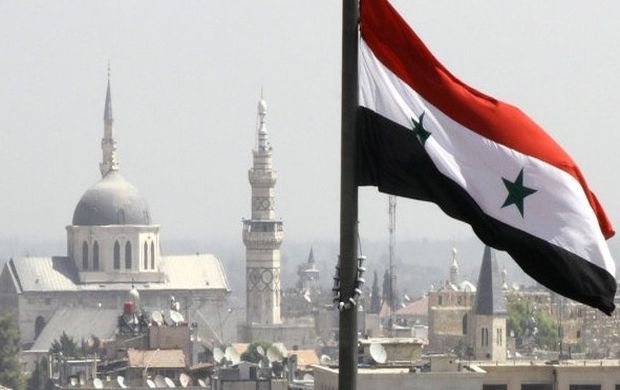
Air Force Lt. Gen. Charles Q. Brown Jr., commander of U.S. Air Forces Central Command, said that the four-engine B-1s, especially valued for their long-range capabilities and heavy bomb loads of precision-guided munitions, had been rotated back to the U.S. for upgrades, mainly to their cockpits, Military.com reported.
"The B-1s have rotated out" but "we have plenty of capacity with other platforms," Brown said in a video briefing to the Pentagon from his headquarters at Al Udeid airfield in Qatar. "We lose maybe a little flexibility" by not having a bomber that "can carry as many weapons as it can," he said. "We are able to cover that. We knew this was coming so we postured ourselves."
Brown did not give a timeline for the return of the B-1s but said: "They will return to the mix. They will be back, I fully expect it."
Brown said the air campaign was intensifying against what he called "Daesh," an Arabic derogatory for ISIS, and he rejected charges that U.S. or coalition aircraft may have been responsible for recent airstrikes in northwestern Syria that hit several hospitals and schools.
"There are only two people flying in that area – the Russians and the Syrians," Brown said of the strikes that the Doctors Without Borders aid group said killed at least 25 at a hospital it supported. "I can guarantee you that it wasn't the coalition," Brown said.
Brown did not respond directly when asked whether U.S. helicopter search-and-rescue teams were occasionally positioning themselves on the ground near areas where the U.S. planned airstrikes to come to the aid of downed pilots if needed.
Search-and-rescue helos and teams were based in Turkey, Iraq and Kuwait, Brown said, but "We are able to go out and we posture ourselves" for the possible rescue of downed pilots. "We do we posture a bit more as airstrikes increase," he said.
Brown also confirmed that he was relying on F-22 Raptors, the Air Force's most advanced fighter, to use their advanced sensors to lead the way for airstrikes to reduce vulnerability to ground fire. "We're still using F-22s across Iraq and Syria. That decreases some of our risk," he said.

